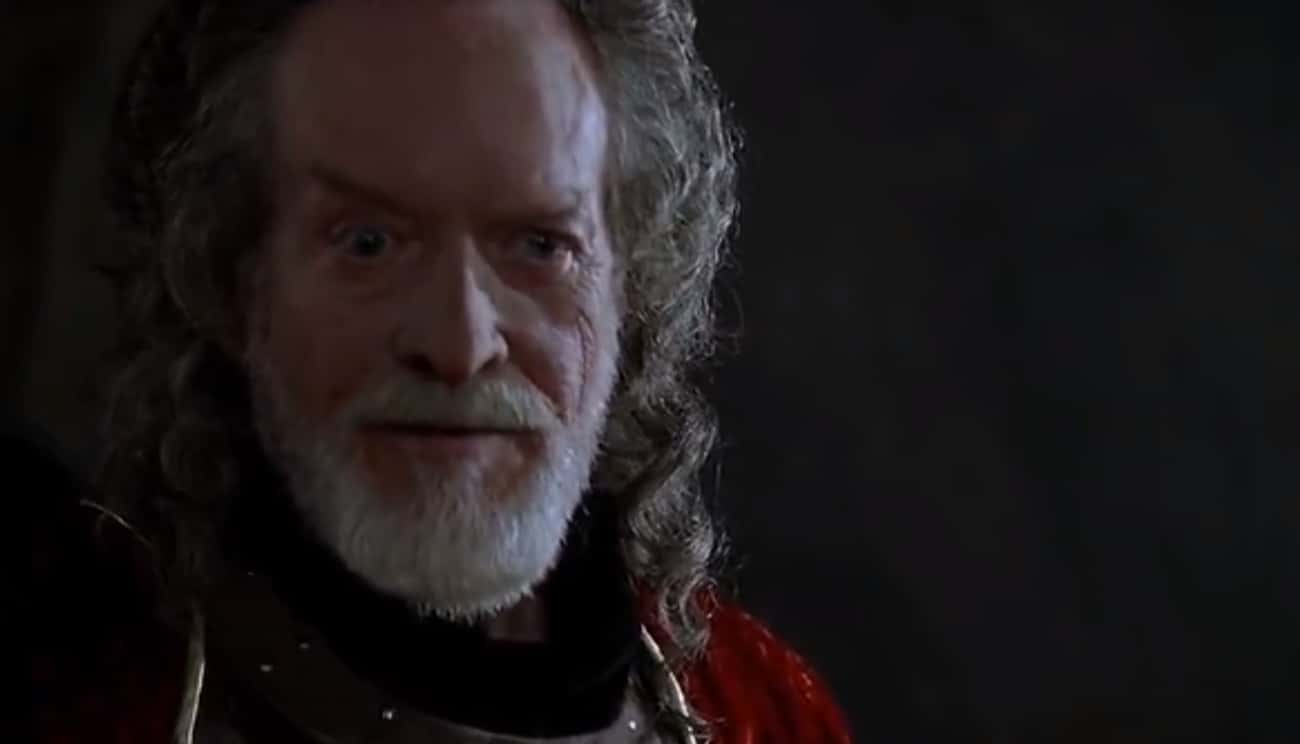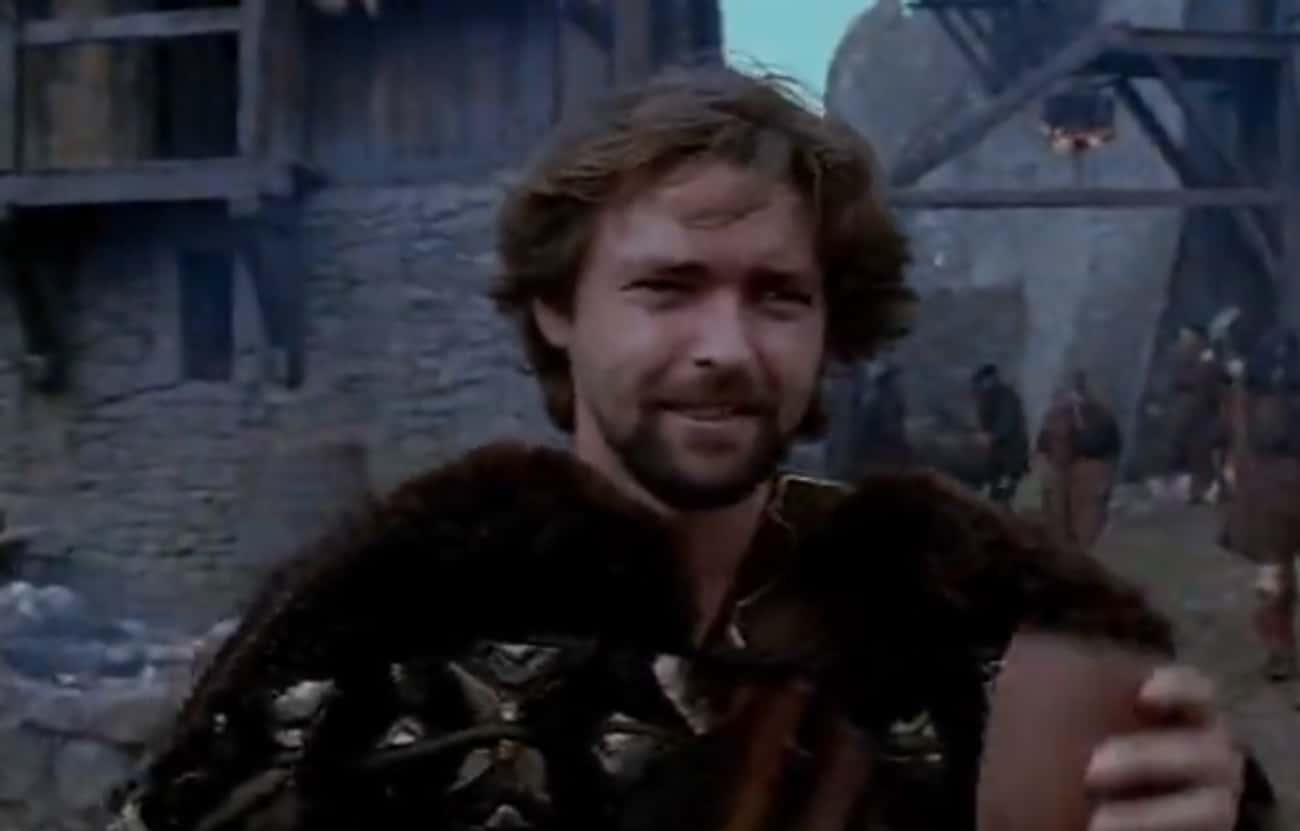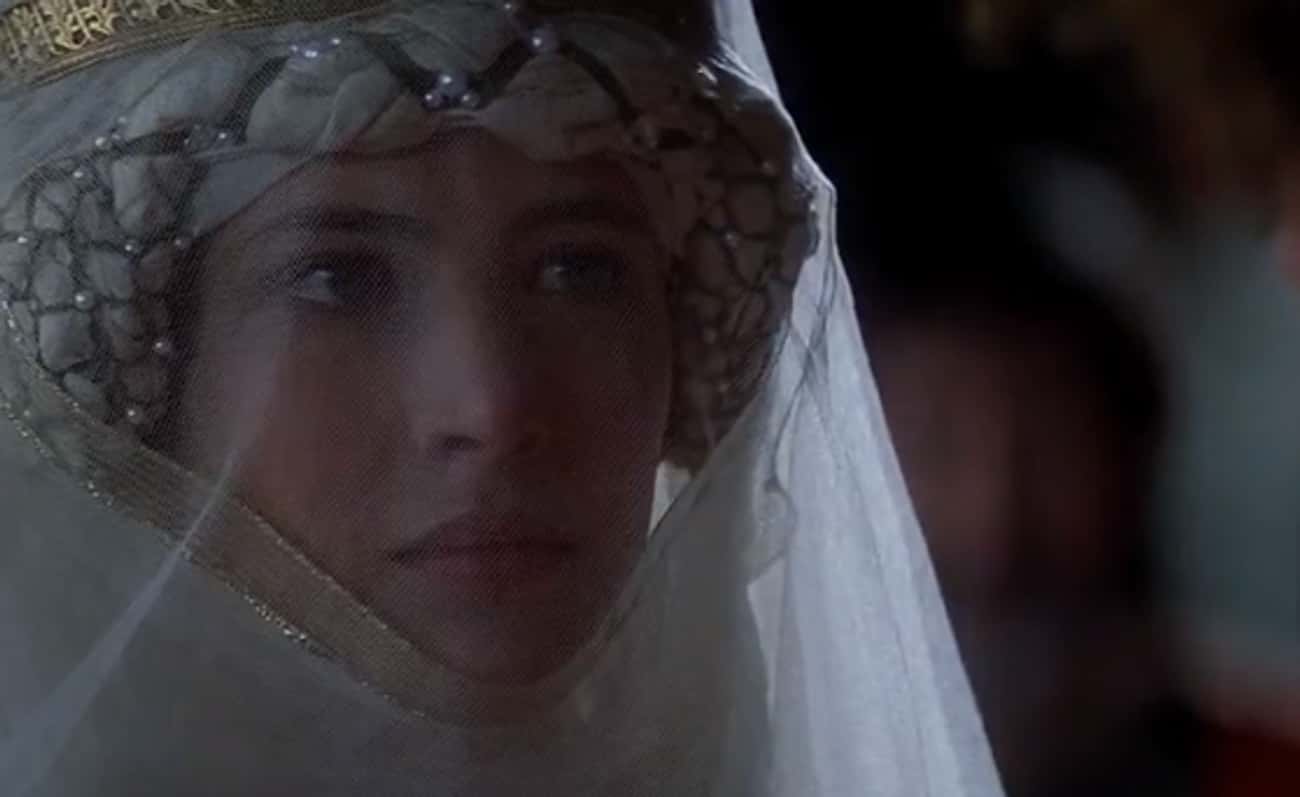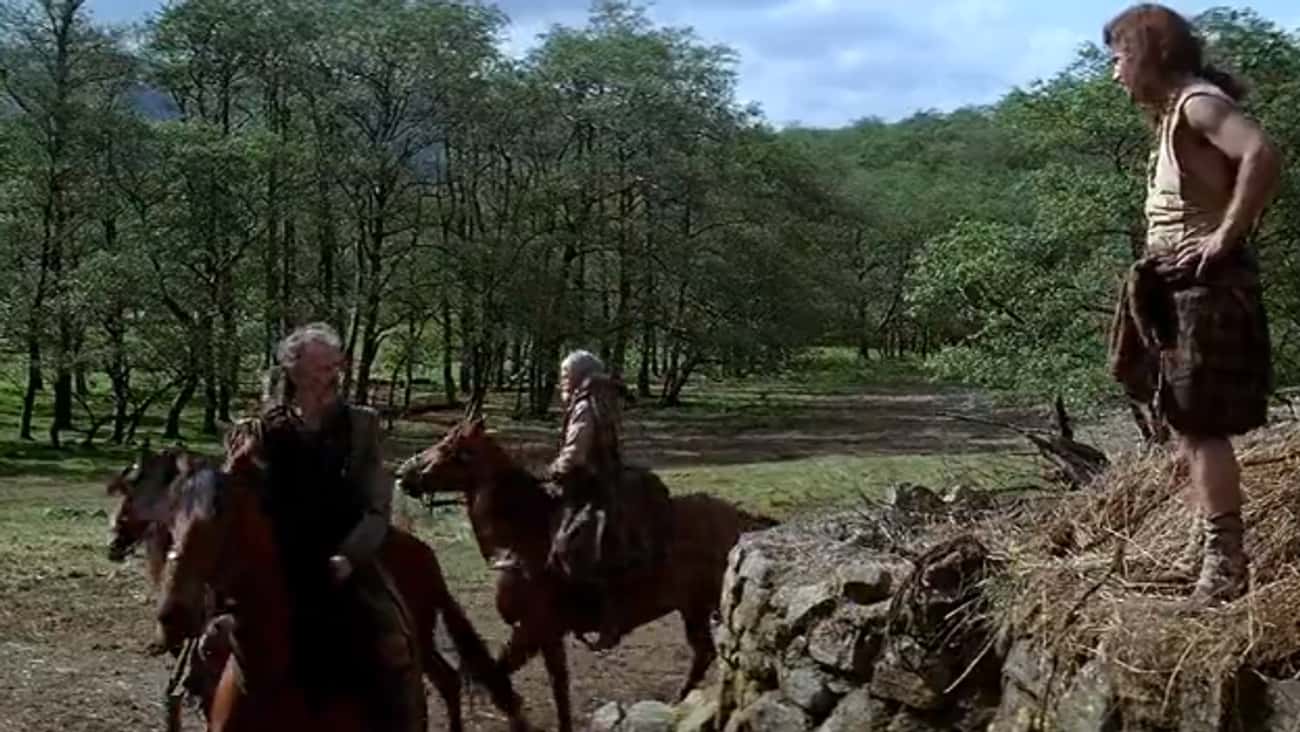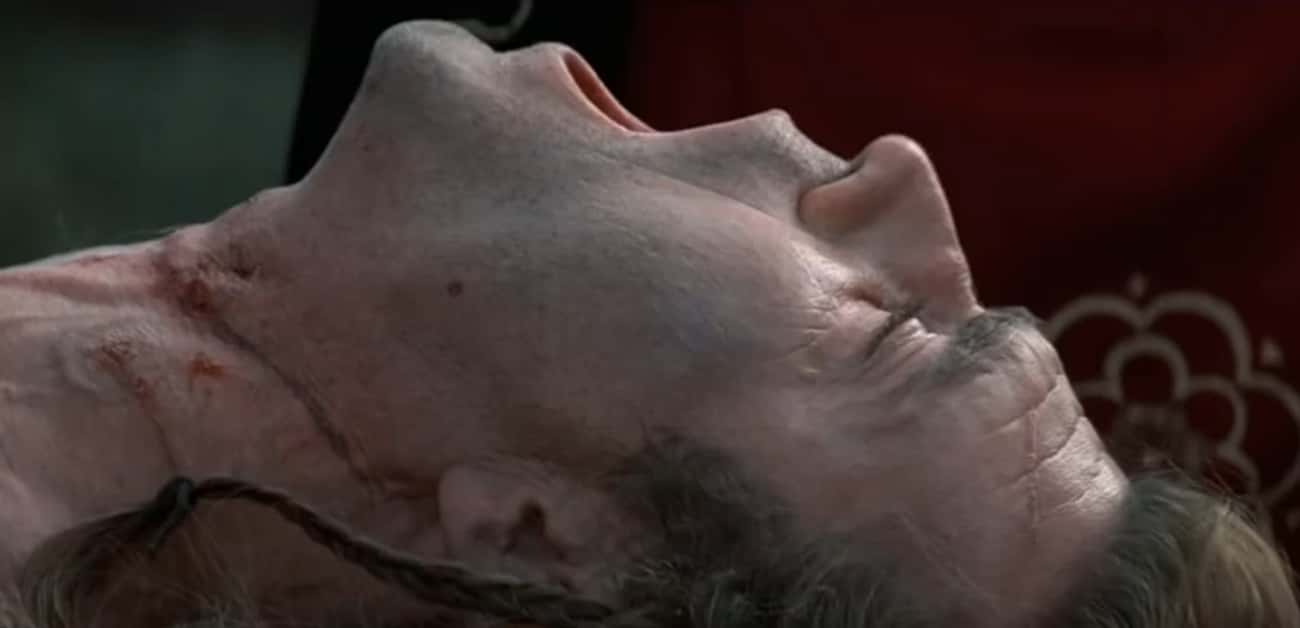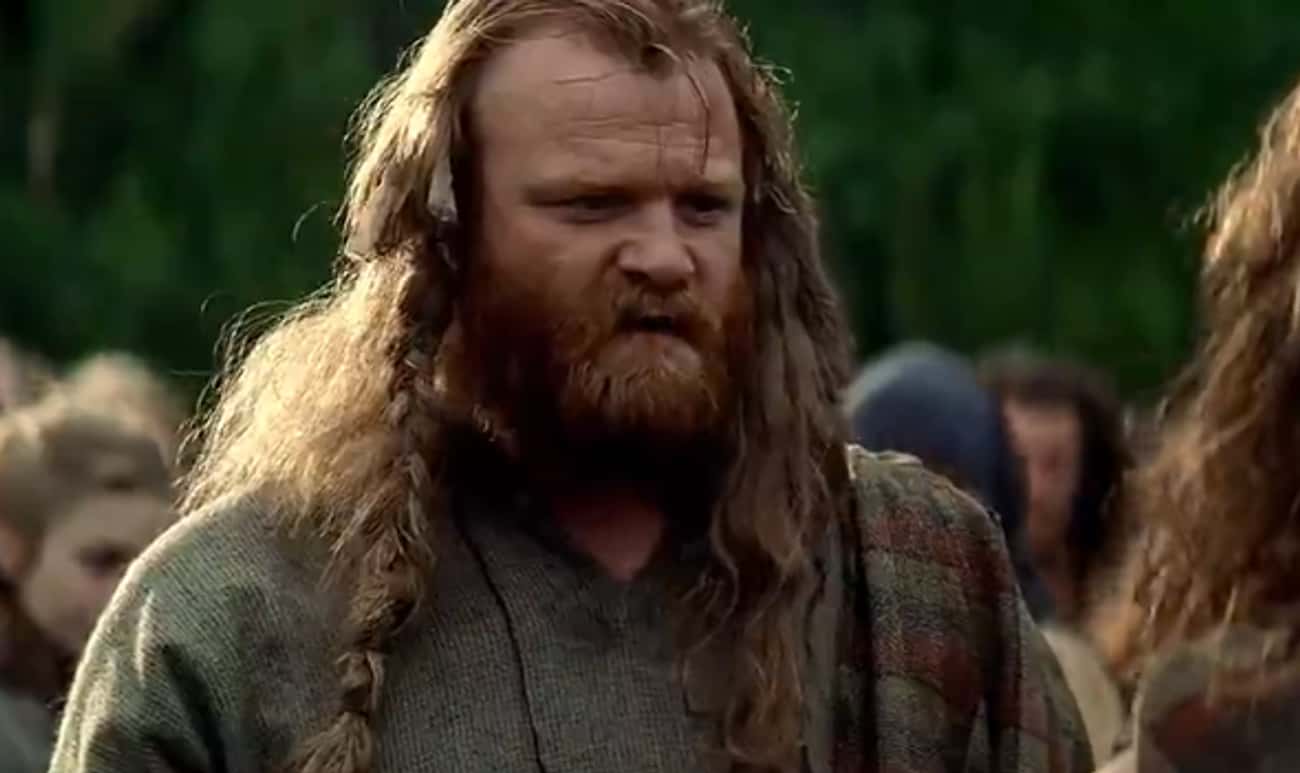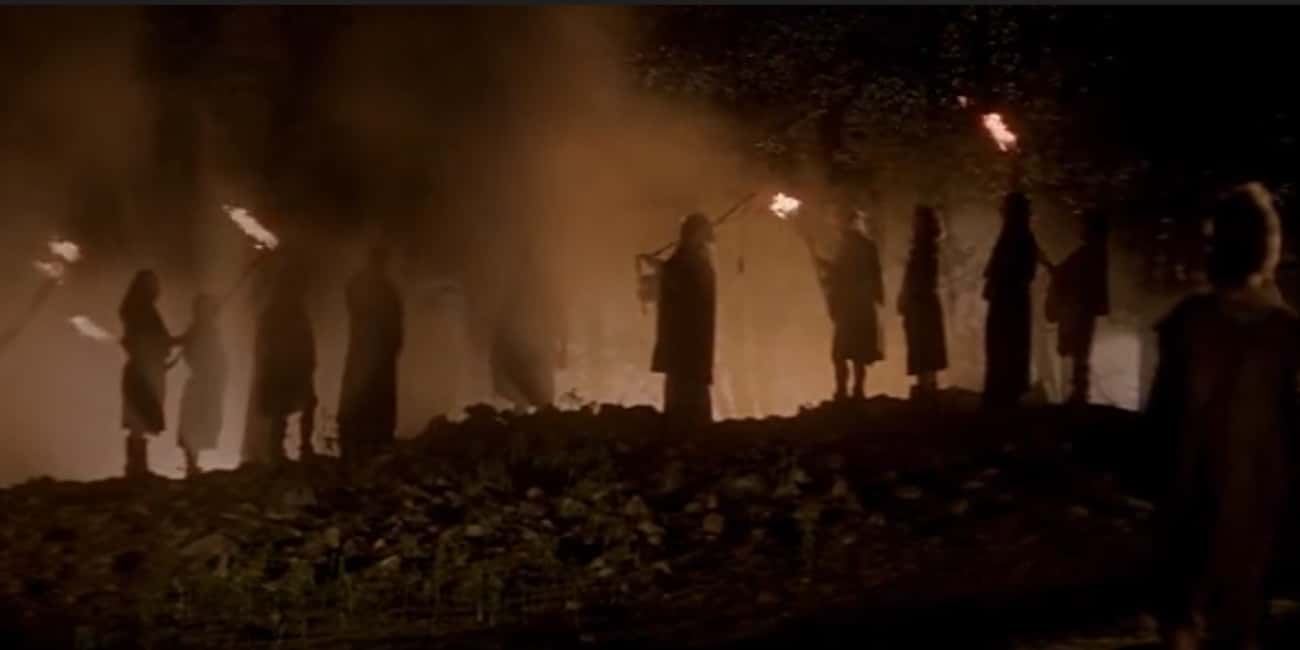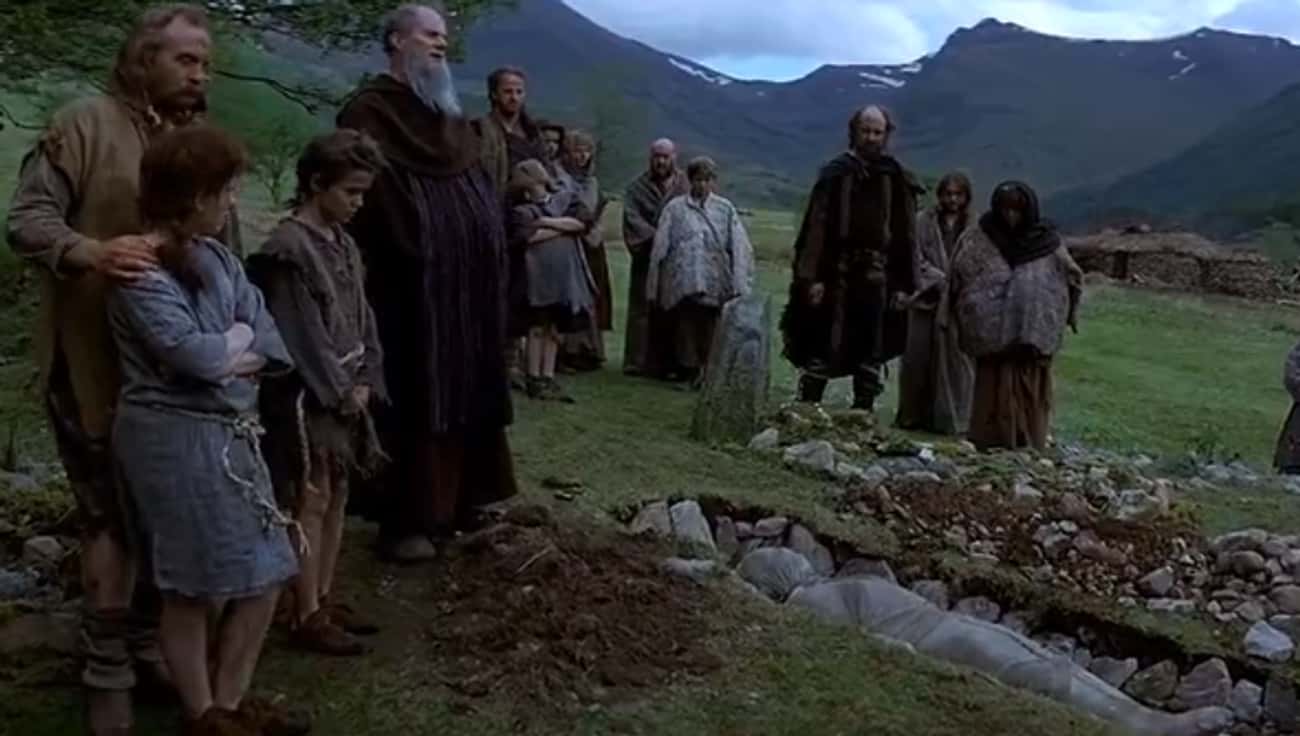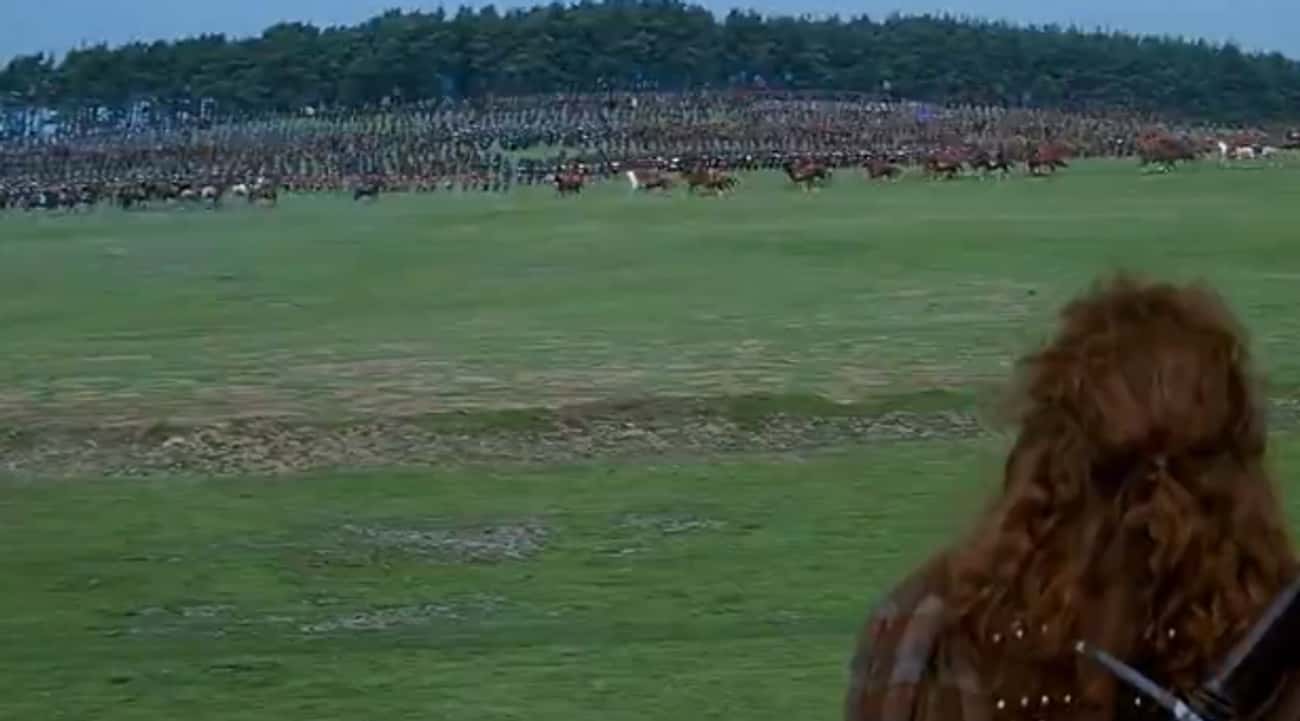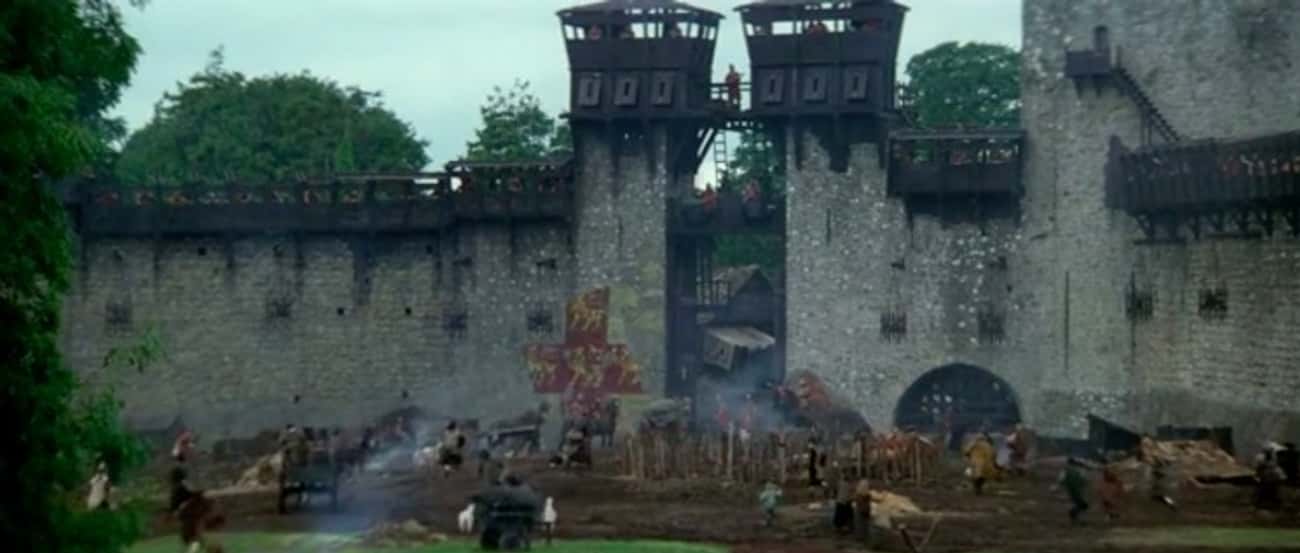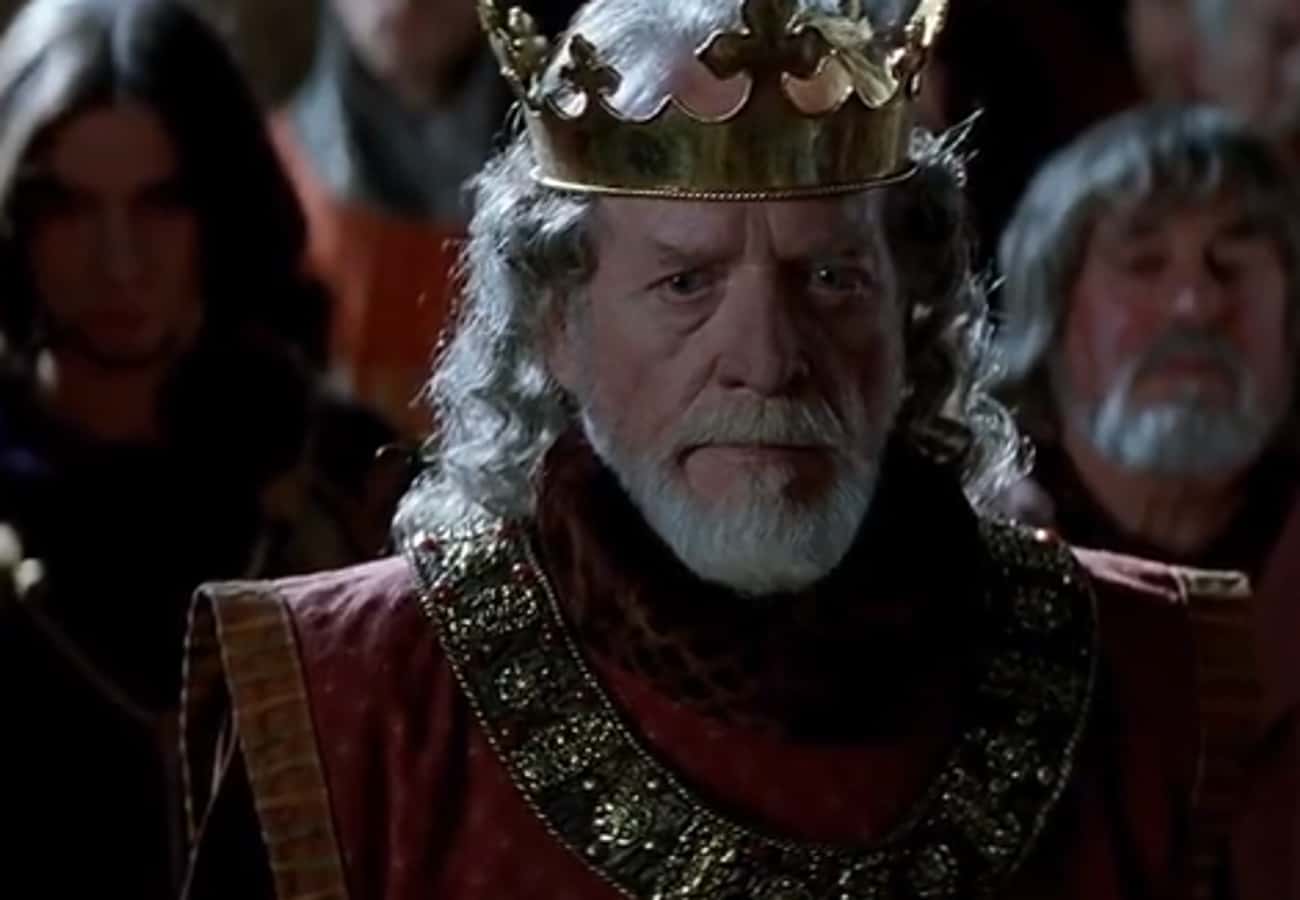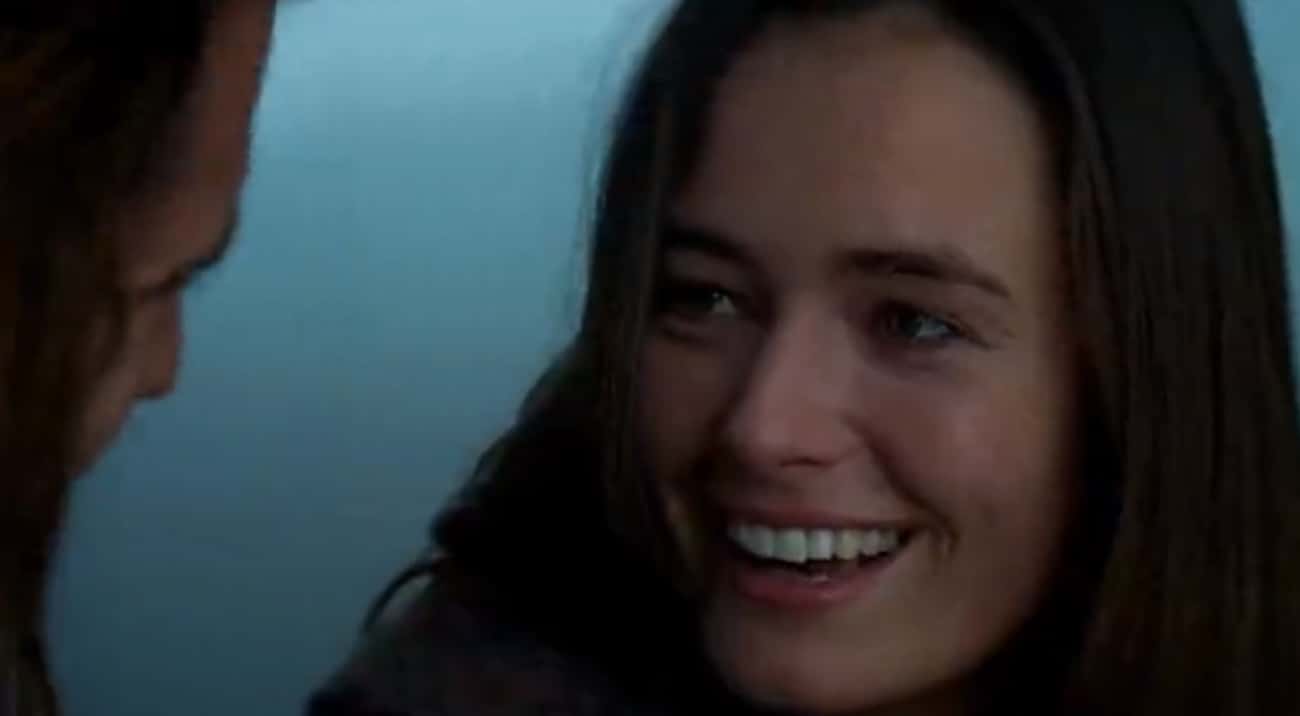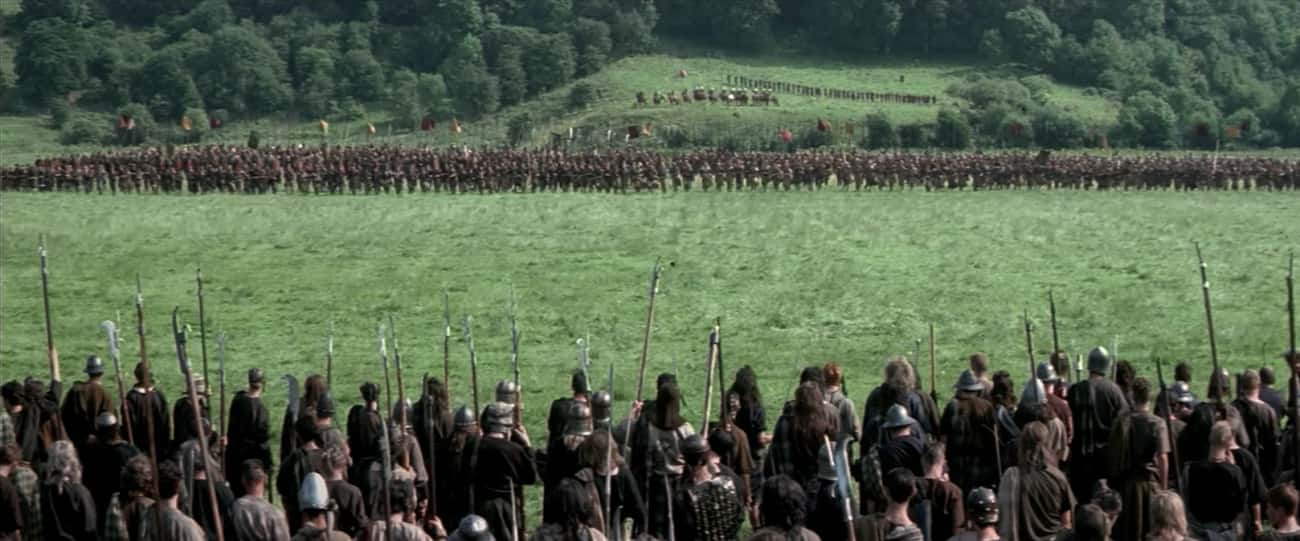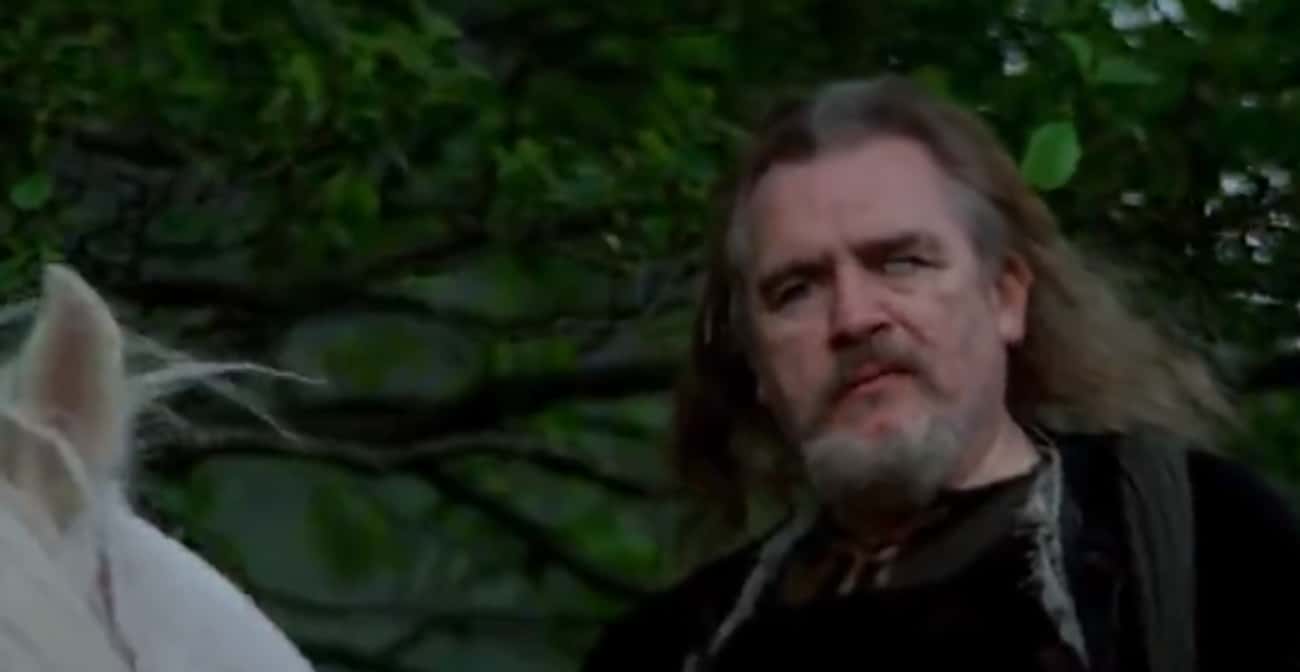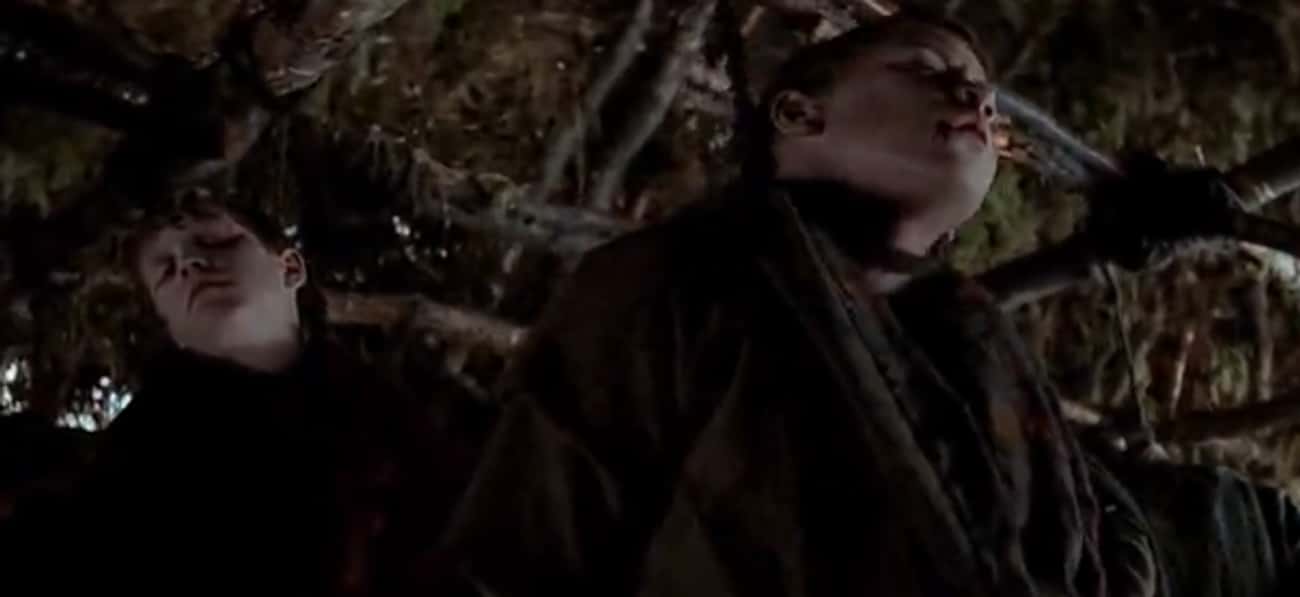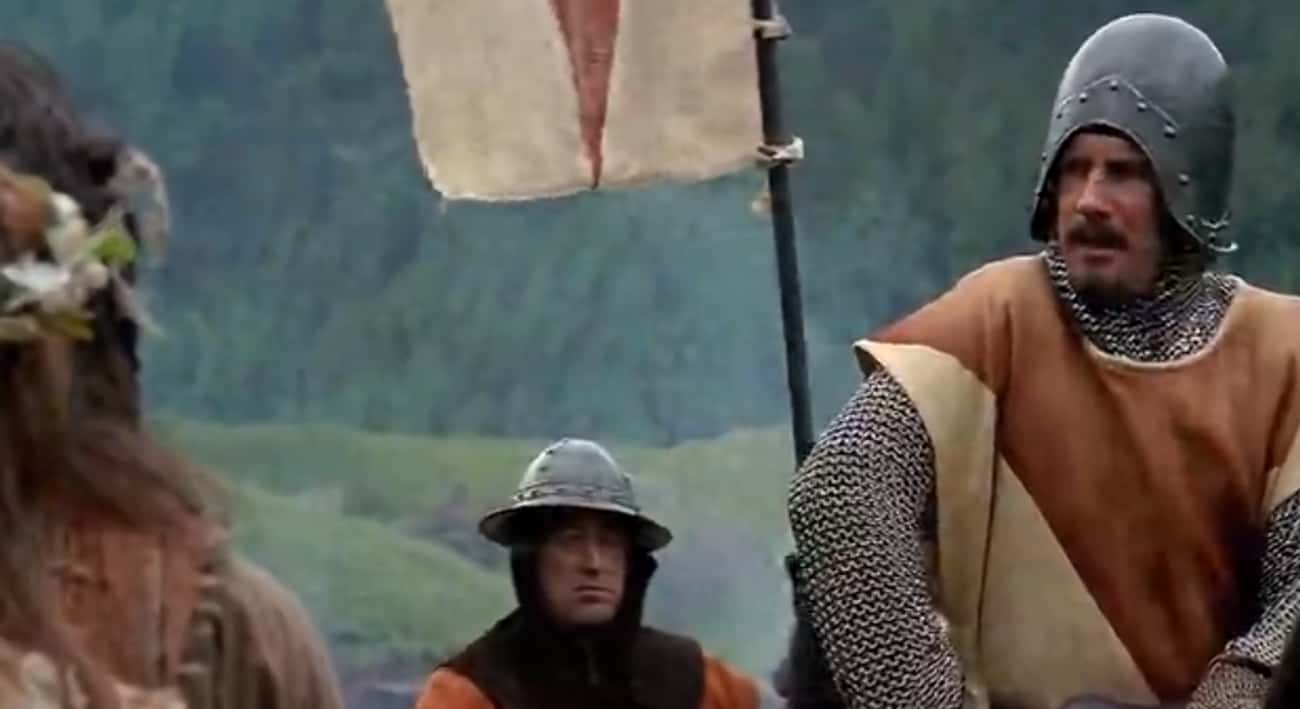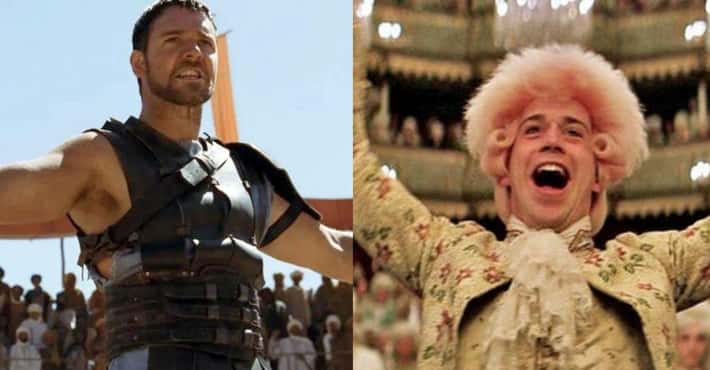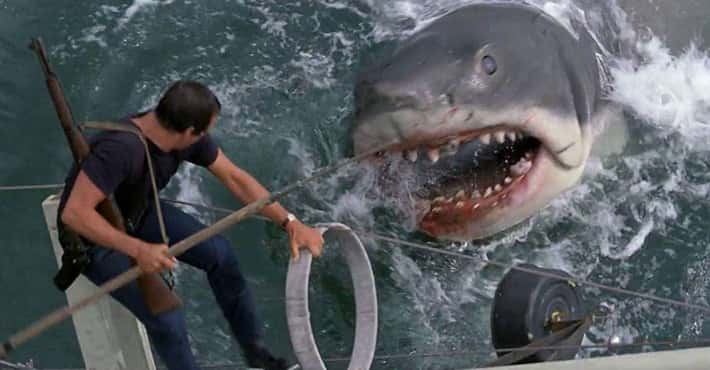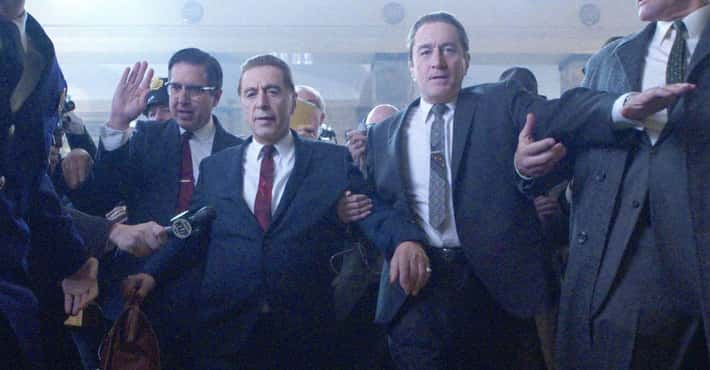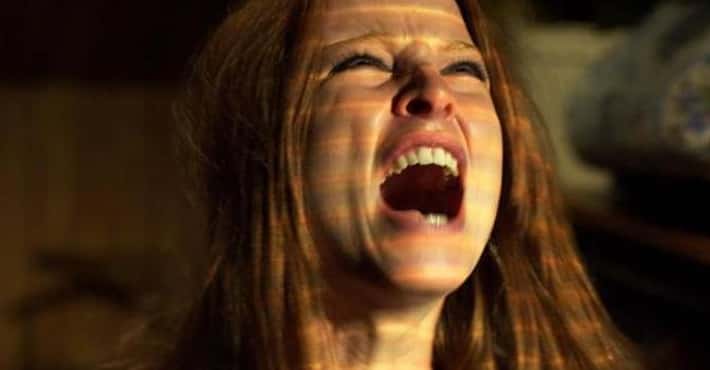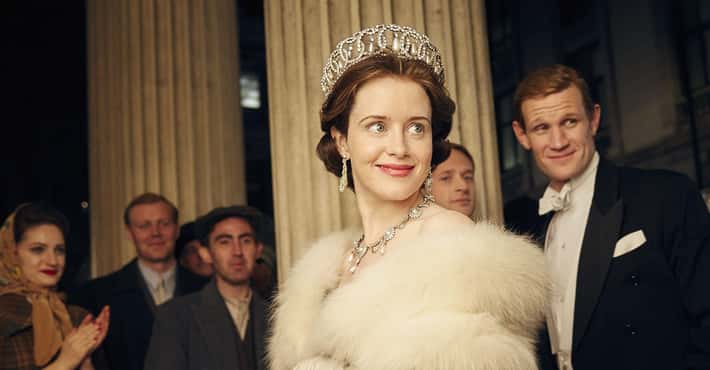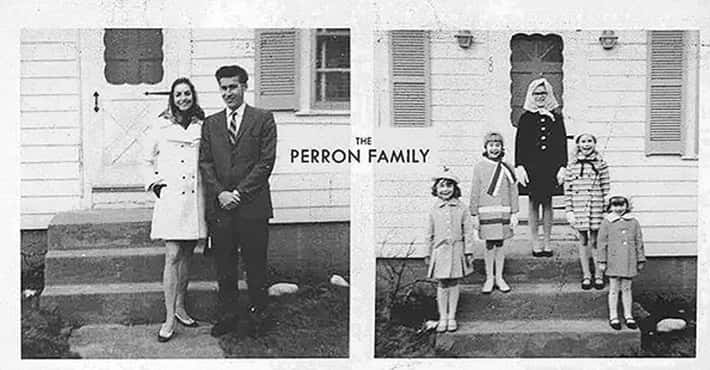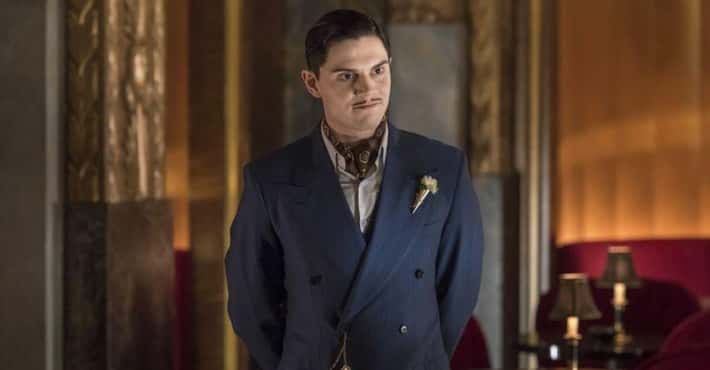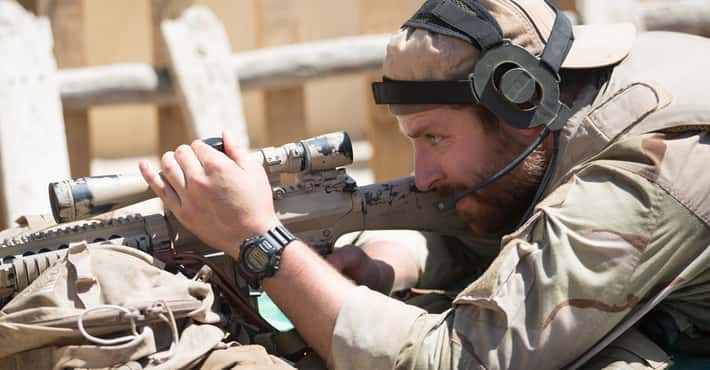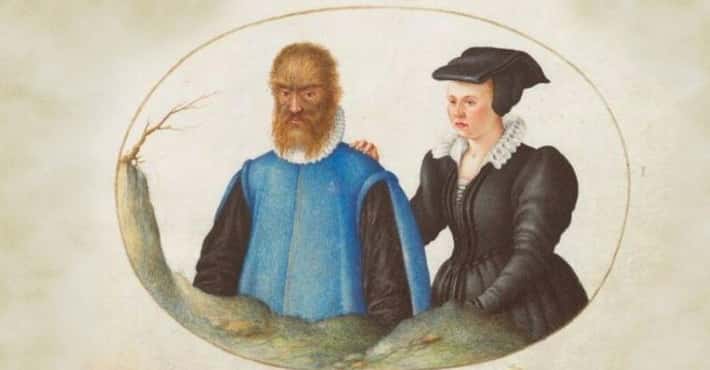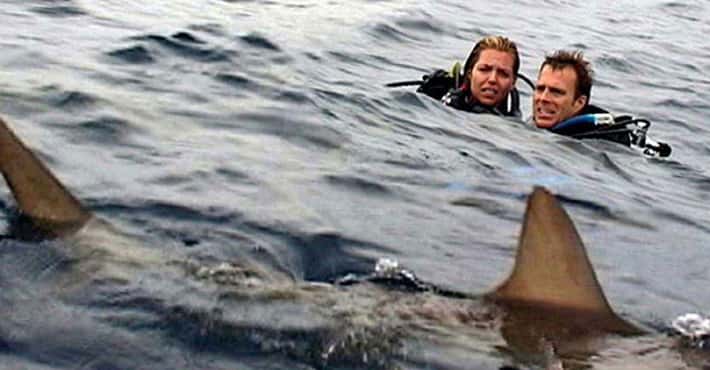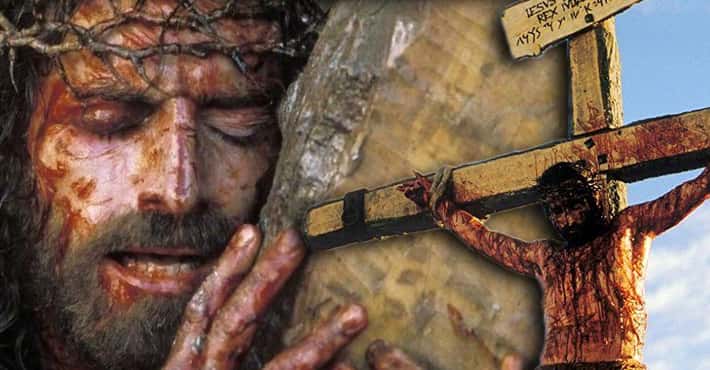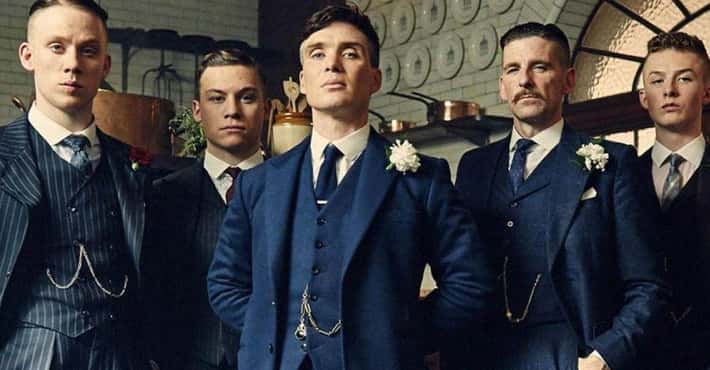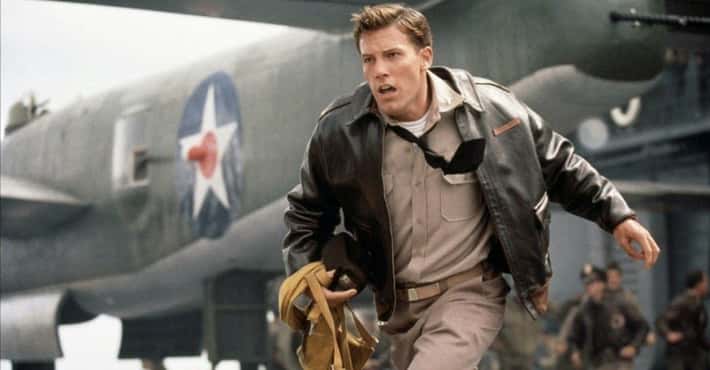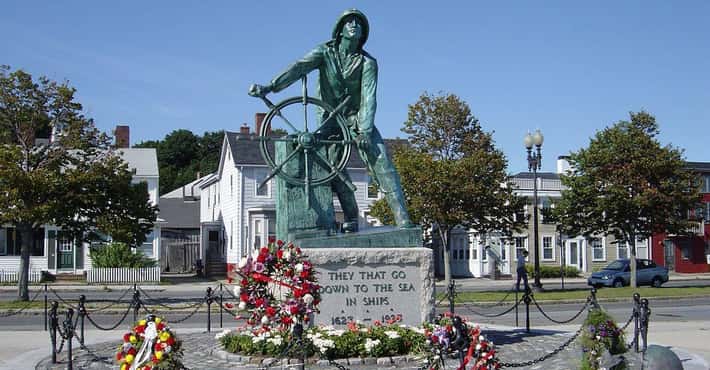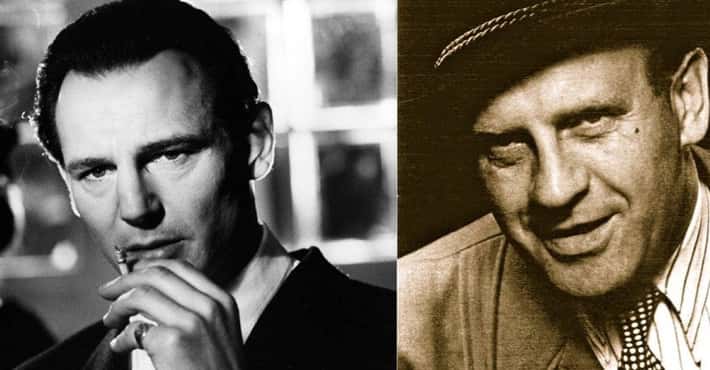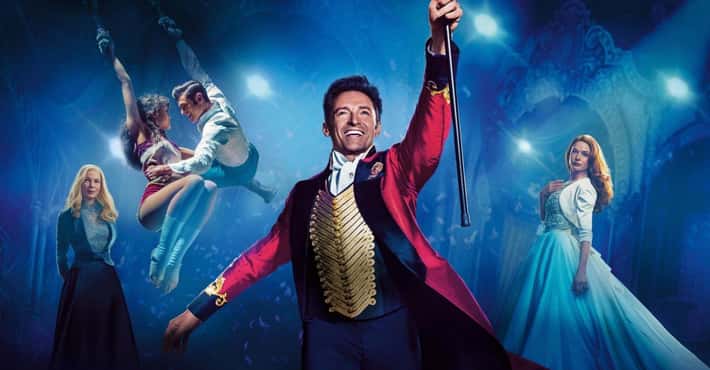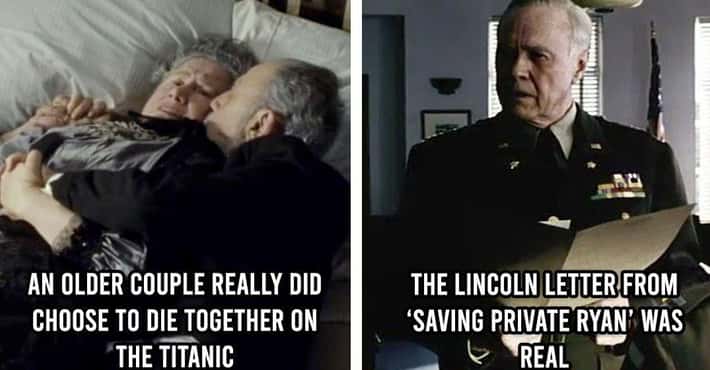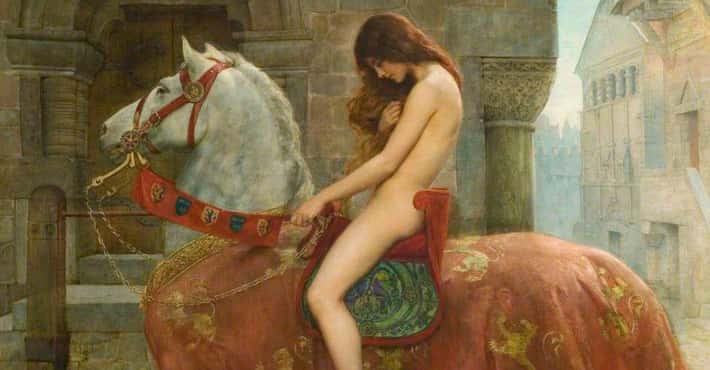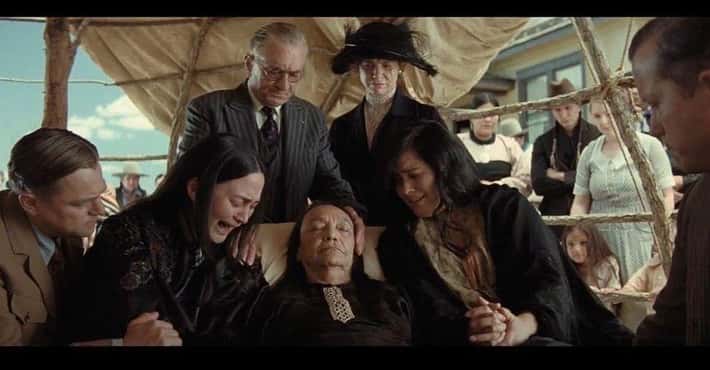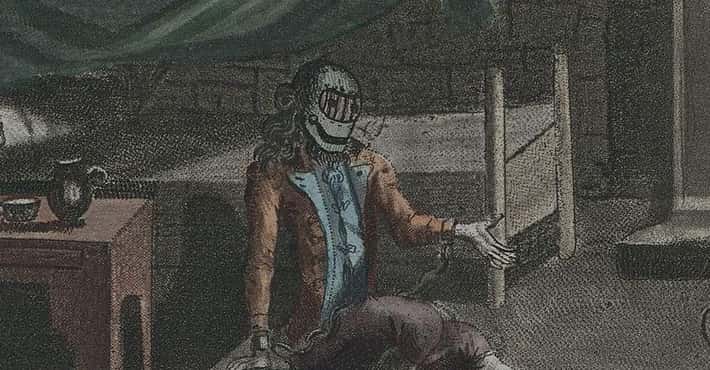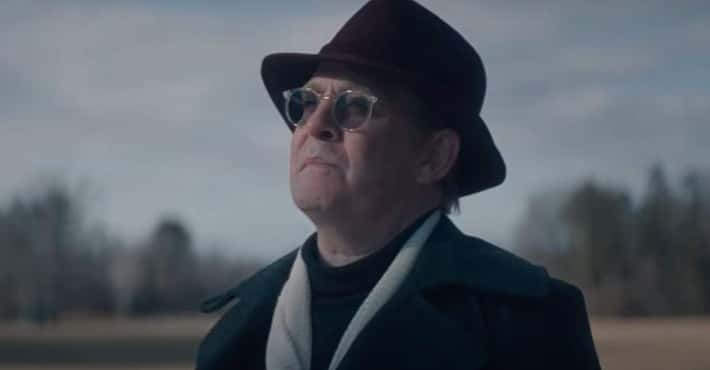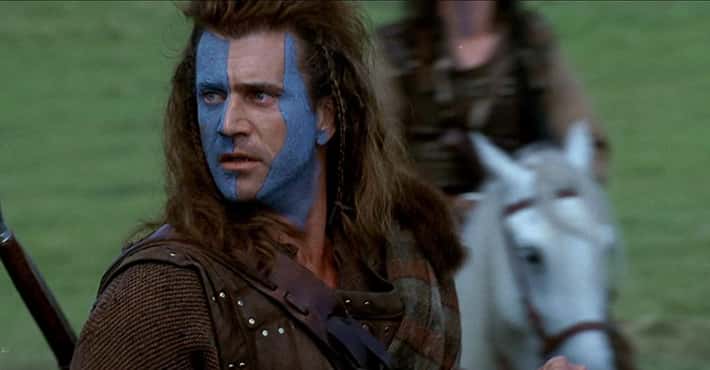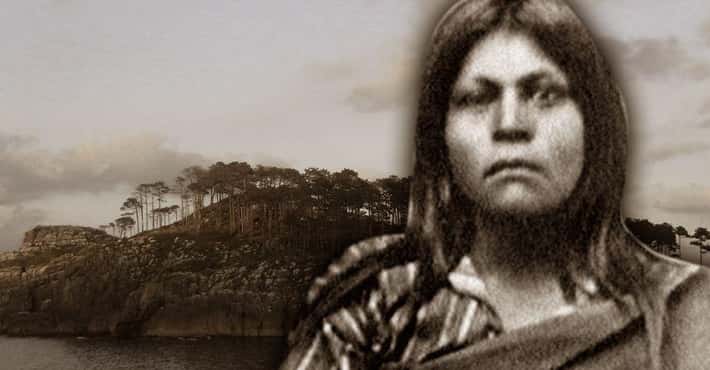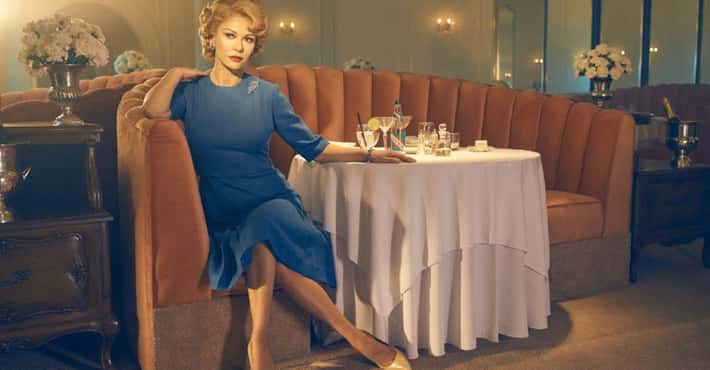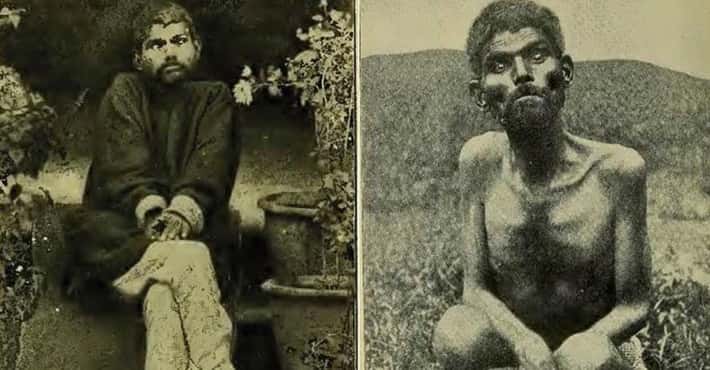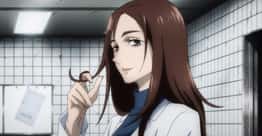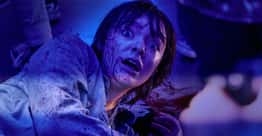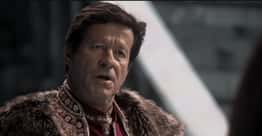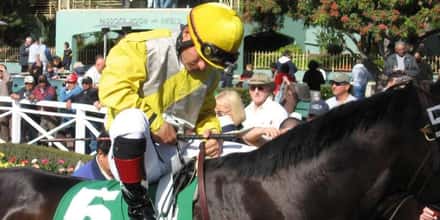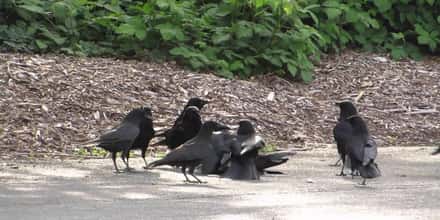Braveheart Might Be The Most Historically Inaccurate Movie Ever Made
William Wallace Was Not 'Braveheart'
Photo: Paramount PicturesIt's a cool name, and it fits the story pretty well, but William Wallace never earned the moniker "Braveheart." It was the name given to Robert the Bruce, a Scottish hero who is portrayed as a traitor in the film.
He was given the name posthumously when, according to his wishes, his heart was removed and taken to be buried in Scotland.
The Timeline Of The Movie Is Completely Wrong
Photo: Paramount PicturesFrom the very beginning, nothing about the film's timing and its sequence of events makes any historical sense. The film opens in 1276, at which point in reality King Alexander III of Scotland was still alive and the English weren't yet making much of a fuss over Scotland. The rebellion began in 1296.
Additionally, in reality King Edward I did not die at the same time as William Wallace as the film suggests, he died several years later. King Edward II did not marry Isabella until after Wallace's death, at which time she was 13, considerably younger than the 29-year-old Sophie Marceau who played her in the film.
Robert The Bruce Did Not Betray William
Photo: Paramount PicturesThe cruelest irony of Braveheart is that it completely slanders the man that actually bore the film's title name. Robert the Bruce was a conflicted nobleman, but he highly favored the Scottish side and did not fight against Wallace at Falkirk, nor did he or his father have anything to do with the betrayal of Wallace and his subsequent execution.
Bruce is considered a national hero in Scotland, not a villain as the movie makes him out to be.
Isabella Was 13 And She Did Not Fall In Love With William Wallace
Photo: Paramount PicturesIsabella of France was 13 at the time of Wallace's death and not yet even married to Edward II. So while the film uses her as a love interest, she didn't know William Wallace and he did not father the future king of England, Edward III.
Interestingly, Isabella did actually eventually lead a rebellion against her husband with her lover, but that was much later and was to ensure that her son would take the throne.
William Wallace Was No Commoner
Photo: Paramount PicturesThroughout Braveheart, the viewer is reminded that William Wallace comes from humble means. The nobles refer to him as a commoner, his burlap outfits are covered in dirt, and the roof of his house is made of straw. This imagining, however compelling, is fiction.
The Wallaces were a longstanding and noble family and William's father, Malcolm, was a knight. William would have had an excellent education and military training. Oh, and he wasn't a Highlander, either. He was from the Lowlands, of the same Anglo-Norman descent as his English rivals.
William Wallace's Death Was Actually Way More Brutal
Photo: Paramount PicturesIn Braveheart, William Wallace is hanged by the English, then disemboweled while still alive. It is then that he calls out his final word: "FREEDOM!" This isn't accurate but, oddly, it's inaccurate because it actually downplays his execution. Yes, he was hanged and disemboweled, but he was also drawn and quartered, as well as castrated. He would not have been given the opportunity to ask for a merciful quick death, since the gruesome execution was kind of the whole point.
His last words are unknown. Probably because there isn't much time to speak when you're being killed four different ways at once.
At The Time Of William Wallace, Kilts Were Not A Thing
Photo: Paramount PicturesAdmit it: when you think of Scotland, you think of kilts. It's okay, its a cultural phenomenon that has become inseparable from the country. Only thing is, they are far more modern than movies like Braveheart would have you believe. Kilts did not become a significant clothing item for Scottish people until the seventeenth century.
That's a solid 300 years after William Wallace was killing people (not wearing a kilt).
King Edward II Was Not A Gay Stereotype
Photo: Paramount PicturesIt's hard to know where to begin with this one, because the modern concept of homosexuality simply did not exist in the thirteenth century. Edward II was incredibly and disastrously biased towards his male companions, but their intimate relationships would not have been questionable at the time. Instead his people were more riled up at Edward's tendency to give titles to non-noble people. Whether he was romantically involved with any of those people is conjecture.
Nor is it likely Edward was disgusted by his wife. The film portrays him as unable to conceive, but in reality he fathered four children with her. Indeed, he was considered by many to be the perfect prince. He was intelligent, athletic, and had a flair for the showmanship that the English monarchy was known for.
The Highlanders Would Not Have Worn Blue Faces Or Hair Adornments
Photo: Paramount PicturesThe blue face paint worn by William Wallace and his compatriots in Braveheart is, unfortunately, also well off the real Scottish timeline. It was a tradition from the 4th and 5th centuries that the Highlanders would likely not have used.
But it's not just the battle makeup that's off base. There is no evidence to suggest that the Scottish Highlanders were sporting mullets with braids, dreads, and little fur attachments. It certainly adds a rustic flair, though.
Bagpipes Were Not Banned
Photo: Paramount PicturesBraveheart is full of delightfully unnecessary lies, ones that don't actually affect the plot and are thus that much more puzzling. One such lie is the supposedly banned use of bagpipes pointed out by scary Uncle Argyle (Brian Cox) after the funeral of William's brother and father.
Bagpipes have been banned in Scotland's history, but they were never banned in the thirteenth century.
William's Father Did Not Die During His Childhood
Photo: Paramount PicturesWilliam's father, Sir Malcom Wallace, did not die when William was a young boy, orphaning him and leaving him with a hatred of violence and the English. Malcolm Wallace died in 1291 after being involved in several skirmishes with the English over the years and his son William was a full-fledged adult rebel at the time of his death.
The Battle Of Stirling Bridge Is Missing A Bridge
Photo: Paramount PicturesPerhaps one of the greatest offenses in Braveheart is a choice seemingly made just to annoy military historians. The Battle of Stirling Bridge portrayed in the film features no bridge. It's in the name of the battle but it's not in the scene.
Maybe Mel Gibson couldn't find a bridge, or maybe he just doesn't like them, but whatever the reason, this brazen disregard for historical accuracy is just painfully obvious.
The Scots Never Sacked York
Photo: Paramount PicturesAdmittedly, in the context of the movie, this fact really changes nothing. But for what it's (historically) worth, Wallace and his men never sacked York, they looted and destroyed the city of Carlisle.
King Edward I Was Not A Pagan
Photo: Paramount PicturesThe opening monologue in Braveheart sets the scene by describing a coldhearted and imperialist king, "Edward the Longshanks," who is called a "pagan." The nickname is real, so given because Edward was quite tall in person. But he definitely wasn't a pagan.
He was a Christian who was dedicated to the Anglo-Saxon king and Saint Edward the Confessor. He had even been on several Crusades. It's a weird and random falsehood presented by the movie that doesn't go anywhere or add anything to the film.
William's Wife Was Not Named Murron
Photo: Paramount PicturesMaybe this is getting nit-picky, but William Wallace's murdered wife is believed to have actually been named Marion, not Murron. Some suggest that director Mel Gibson changed the name out of concern that Wallace's love interest would be confused with Maid Marion of the Robin Hood legend.
It's also possible that the name was changed to be more accurately Gaelic.
The Irish And The Scottish Did Not Join Forces At Falkirk
Photo: Paramount PicturesThe scene depicting the Battle of Falkirk shows Irish soldiers, originally fighting for the English, switching sides to fight with the Scottish rebels, even greeting them with handshakes on their walk over. This did not happen in any way, shape, or form.
There were no Irish at this battle, but it does make the English look like idiots in the movie.
The Lover of Edward II Was Not Thrown Out Of A Window By Edward I
Photo: Paramount PicturesEdward II had multiple intimate male relationships during his lifetime, though it's unclear if any were lovers. In the film, though, he's depicted as gay and one of his supposed lovers is thrown from a window by Edward I. It's possible this person was meant to be Piers Gaveston, a handsome friend to the Prince who was given many titles and lands to the chagrin of England's nobles.
Either way, Gaveston did not die falling from a window. No close friend of Edward II is ever said to have died in this manner.
There Was No Uncle Argyle
Photo: Paramount PicturesIn Braveheart, young William Wallace is taken in by his badass Uncle Argyle, who teaches him Latin and shows him how to be a cultured Scot. This just didn't happen, although the milky-eyed mysterious uncle is a nice cinematic touch.
There Is No Evidence Of A Fake Scottish Summit
Photo: Paramount PicturesIn the film, the trouble in William Wallace's life begins when the men of his Scottish village are called to a meeting with the English that ends up being a trap. All the Scots at the meeting are brutally murdered and young Wallace is traumatized by the image of their corpses. This atrocity provokes Wallace's father and the other patriarchs in his village to fight back, resulting in his father's death. There is no historical evidence, however, that this treacherous meeting ever happened.
Scottish nobles did swear fealty to the king of England, but they weren't killed afterwards, and the Wallaces certainly did not have a connection to any such event.
The English Soldiers Did Not Wear Matching Uniforms
Photo: Paramount PicturesThe immaculate, matching uniforms of the English in the film is not a failure only on Braveheart's part. To be fair, almost every movie about medieval Europe gets this wrong. The reality would be visually confusing to most movie watchers. In the thirteenth century, soldiers were not wearing matching standards over their chain mail, they were wearing whatever tunics they could find or afford.
Some may have worn more particular, family standards, but they did not wear any unified "English Army" colors.



